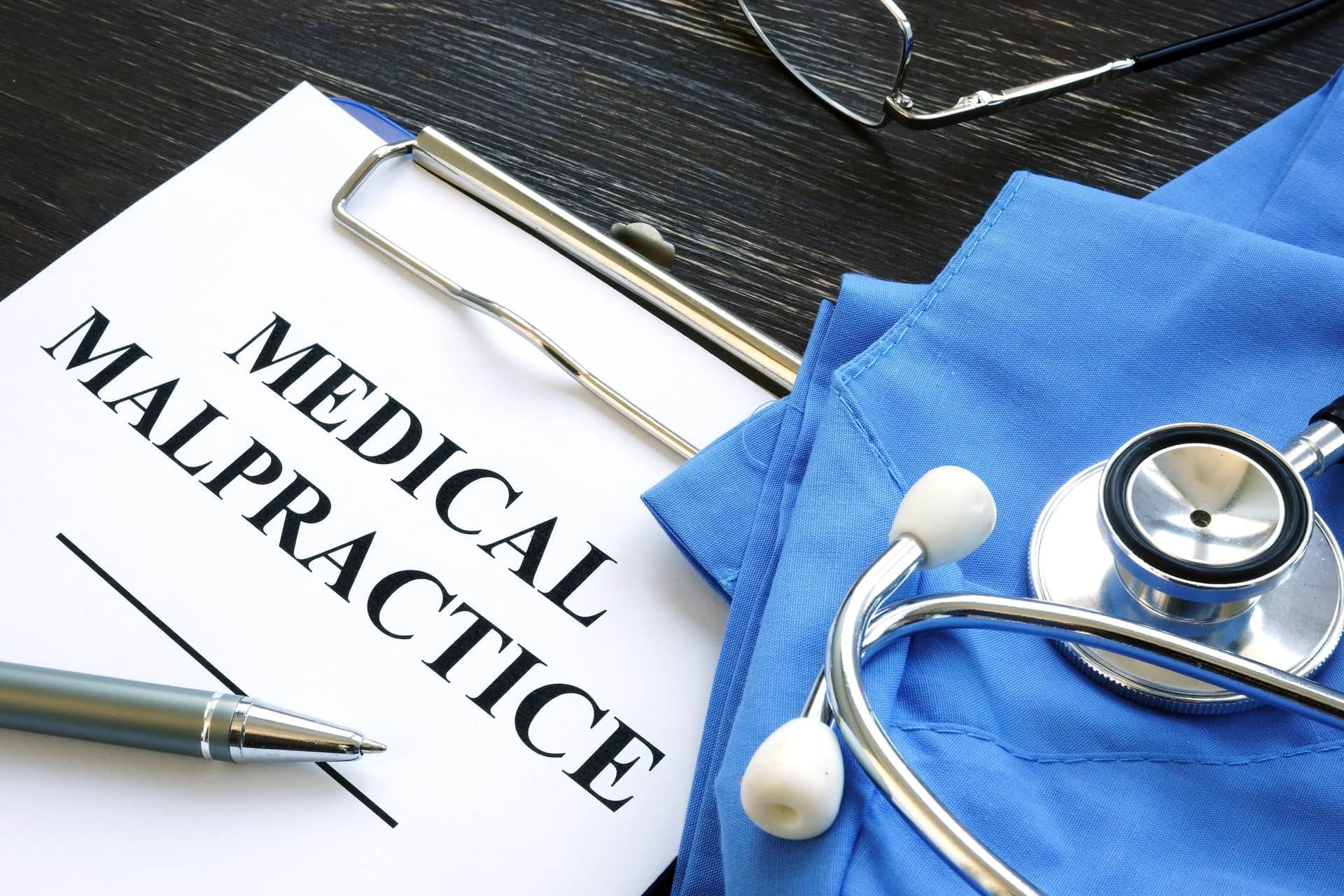How Settlement Negotiations Work in a Medical Malpractice Case? - Explained

A medical procedure or treatment that doesn't go as planned can impact a person's life. Those affected by errors not only deal with health issues but also face financial challenges due to medical bills and lost earnings.
Handling a medical malpractice situation can feel overwhelming. Understanding the process of negotiating settlements can bring clarity and make things easier. This article explores the details of settlement talks in malpractice cases, offering insights to guide you through this journey.
What Constitutes a Medical Malpractice Claim?
Medical malpractice happens when a healthcare provider fails to deliver the standard of care that another competent professional in the field would have provided, leading to harm to the patient. Examples of malpractice incidents include mistakes, misdiagnoses, delayed diagnoses, and medication errors.
The Significance of Settlement Negotiations
Settlement negotiations play a crucial role in resolving medical malpractice claims. They allow the injured party (plaintiff) and the healthcare provider or institution (defendant) to agree without trial. Settling can save time, reduce expenses, and offer a resolution for everyone involved.
Essential Stages of Settlement Talks in Medical Malpractice Claims
1. Initial Assessment of the Case
The first step in the settlement procedure involves an assessment of the case. At this stage, the lawyer representing the plaintiff will carefully examine records, seek professional advice, and evaluate the potential worth of the case. They will determine if there is evidence to support a negligence claim. They will draft a demand letter if they believe the case is strong.
2. Issuing the Demand Letter
A demand letter is a document that outlines the plaintiff's case, detailing the nature of the alleged malpractice injuries sustained and requested damages. This letter is sent to the defendant's insurance provider or legal counsel. It marks the beginning of negotiations and signals that the plaintiff aims to seek Compensation. A demand letter is a document that outlines the plaintiff's case, detailing the nature of the alleged malpractice injuries sustained and requested damages. This letter is sent to the defendant's insurance provider or legal counsel. It marks the beginning of negotiations and signals that the plaintiff aims to seek Compensation.
3. Response from Defendant and Initial Settlement Proposal
Upon receiving the demand letter, it is customary for the defendant's insurance company or legal team to inquire into the matter. They may ask for records or interviews with the plaintiff as part of their investigation process. Based on their findings, they will make a settlement offer that typically falls below what was demanded by the plaintiff in setting up negotiations.
4. Negotiating Terms
Negotiations entail a series of discussions between representatives on both sides – those representing plaintiffs and defendants alike.
Both parties will present their arguments, counter proposals, and reasons for their stances. The aim is to agree on a settlement sum. This phase can take time and require patience and skillful negotiation tactics.
Essential Negotiation Approaches
- Recognize the Value of Your Case: Understand the weak points of your case to negotiate.
- Exercise Patience: Negotiations are more like a marathon than a sprint. Rushing can lead to unfavorable settlements.
- Be Willing to Compromise: While standing firm on issues is crucial, being adaptable can help resolve them.
5. Mediation
If negotiations hit a roadblock, mediation may be the next step. Mediation involves a party who aids in facilitating discussions and guiding both parties toward an agreement. Unlike a trial, mediation is not binding; hence, the mediator does not impose decisions. The objective is to achieve a resolution.
6. Settlement Agreement
Once both sides reach a consensus, they will draw up a settlement agreement on a settlement amount. This document outlines the settlement terms, including the payment amount and any stipulations or confidentiality clauses. Both parties must sign the agreement. Typically, the plaintiff will release the defendant from liability for the malpractice incident.
7. Receiving Compensation
After the agreement is finalized, the insurance company for the person sued will process the payment. The lawyer representing the person who filed the lawsuit will manage how the money is distributed, ensuring that medical bills, fees, and other costs are covered before giving the rest to that person.
Factors That Affect Settlement Amounts in Medical Malpractice Cases
Things can impact how much money someone receives in a settlement for medical malpractice:
- Severity of Injuries: More severe injuries that cause long-term disability or require medical care usually result in higher settlements.
- Strong Evidence of Malpractice: Having solid proof that the person being sued did cause harm to the person filing the lawsuit can make it more likely for them to get a reasonable settlement.
- Location: How much money someone gets from a settlement can differ based on their location and what laws apply there.
- Insurance Limits: There might be a maximum amount set by insurance policies that determine how much can be paid out in a settlement.
- Types of Damages: Some damages cover medical expenses and lost income (economic damages), while others are for pain and suffering (noneconomic damages).
Advantages of Settling a Medical Malpractice Case
1. Saves Time and Money
Going to trial can take time. It costs a lot because there are court fees for expert testimony, and they need lawyers for extended periods. Resolving a case outside of the courtroom can save a lot of time and money for both parties involved.
2. Certainty and Control
Having an agreement provides assurance and control over the outcome as both sides come to terms that avoid the uncertainty of a trial decision, which can be unpredictable and subject to appeal.
3. Privacy and Confidentiality
While court proceedings are public, settlements can include confidentiality agreements that allow both parties to keep case details private. This is especially important for healthcare providers who are concerned about their reputation.
Conclusion
Negotiating settlements is a part of resolving medical malpractice claims. It presents an opportunity for Compensation without going to trial, offering efficiency in terms of time and expense control over outcomes and privacy for all parties.
Understanding the negotiation process, the factors affecting settlement amounts, and the advantages and challenges can assist you in handling the complexities of a medical malpractice case more effectively.
If you ever find yourself in a malpractice situation, do not hesitate to seek support to ensure you get the rightful Compensation. For details and expert advice on managing medical malpractice cases, visit OAS, Lodi, New Jersey Inc.
Disclaimer: The information on this website and blog is for general informational purposes only and is not professional advice. We make no guarantees of accuracy or completeness. We disclaim all liability for errors, omissions, or reliance on this content. Always consult a qualified professional for specific guidance.








